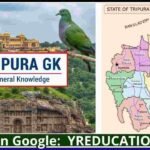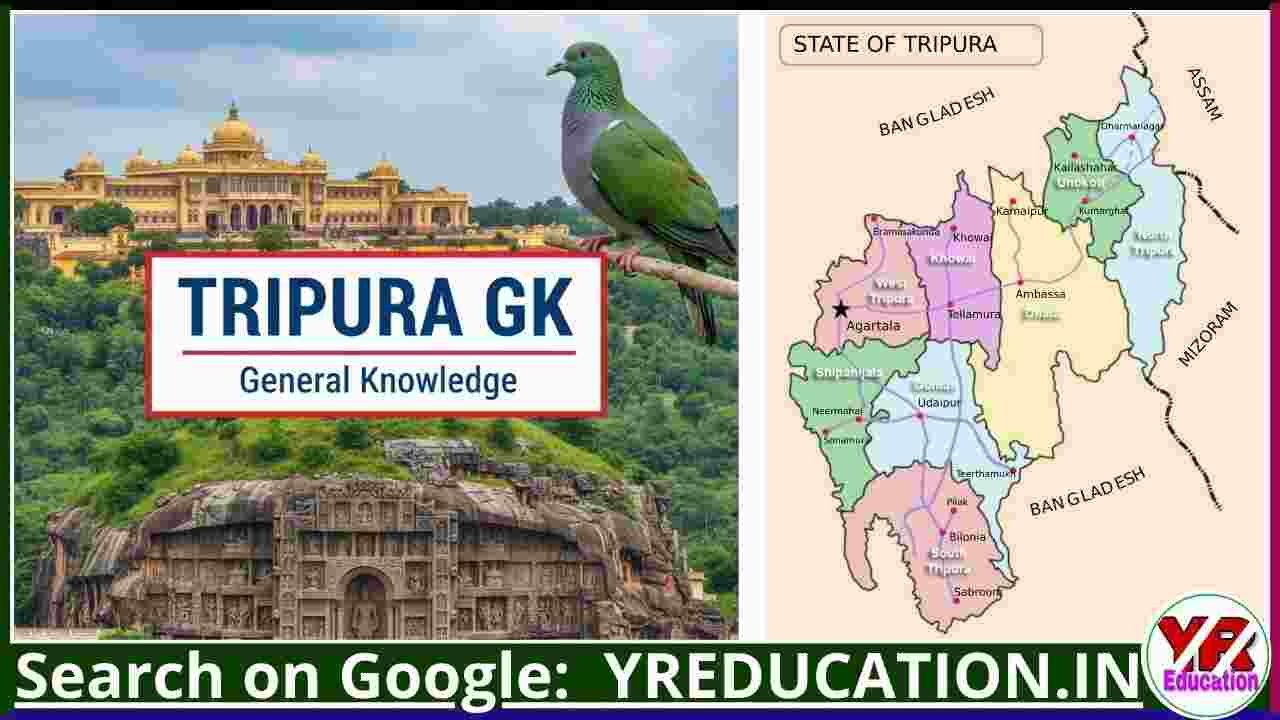Odisha Geography – General Knowledge – Static GK
Q: The highest peak in Odisha is Deomali (1,672 m) in Koraput district.
Q: Mahendragiri (1,501 m) is the second-highest peak in Odisha.
Q: The Chilika Lake is the largest brackish water lagoon in India.
Q: Satkosia Gorge is located along the Mahanadi River.
Q: Daringbadi in Kandhamal is called the ‘Kashmir of Odisha’ due to its cold climate.
Q: The Odisha Coastal Plain extends from Subarnarekha in the north to Bahuda in the south.
Q: The Baitarani River Basin is known as the ‘Sorrow of Odisha’ due to frequent floods.
Q: The Simlipal Hills are located in Mayurbhanj district.
Q: The Malkangiri district has the highest number of waterfalls in Odisha.
Q: The Kalahandi Plateau is known for its mineral deposits.
Q: The Chhotanagpur Plateau extends into northern Odisha.
Q: Odisha has four physiographic divisions: the coastal plain, the middle mountainous region, the central plateau, and the western uplands.
Q: The Brahmani River basin covers most of the industrial regions of Odisha.
Q: The Dhauli Hills have Ashokan rock edicts.
Q: The Rajhans Peninsula separates Chilika Lake from the Bay of Bengal.
Q: The Bhitarkanika Mangrove Forest is India’s second-largest mangrove ecosystem.
Q: Odisha has one major port (Paradip) and two upcoming ports (Dhamra and Gopalpur).
Q: The Debrigarh Wildlife Sanctuary is located in the Hirakud Reservoir.
Q: Hirakud Dam on the Mahanadi River is the longest earthen dam in the world.
Q: Jirang in Gajapati district is known as Odisha’s ‘Little Tibet’.
Q: The Balimela Reservoir is located in Malkangiri district.
Q: Odisha has 11 major waterfalls, including Barehipani, Joranda, Khandadhar, Duduma, and Badaghagra.
Q: Gopalpur Beach is a famous tourist destination on Odisha’s coast.
Q: Talsari Beach is known for red crabs and scenic views.
Q: Odisha has four major islands: Kalijai, Parikud, Nalabana, and Rajhans.
Q: The Chilika Lake Bird Sanctuary is famous for migratory birds from Siberia.
Q: Satkosia Tiger Reserve is located along the Mahanadi River Gorge.
Q: The Mayurbhanj region has dense Sal forests.
Q: Koraput district is famous for terraced rice cultivation.
Q: Dhenkanal district is known for sugarcane farming.
Q: Keonjhar district is rich in iron ore reserves.
Q: Bolangir district is known for groundnut and cotton cultivation.
Q: Nuapada district has large deposits of bauxite.










